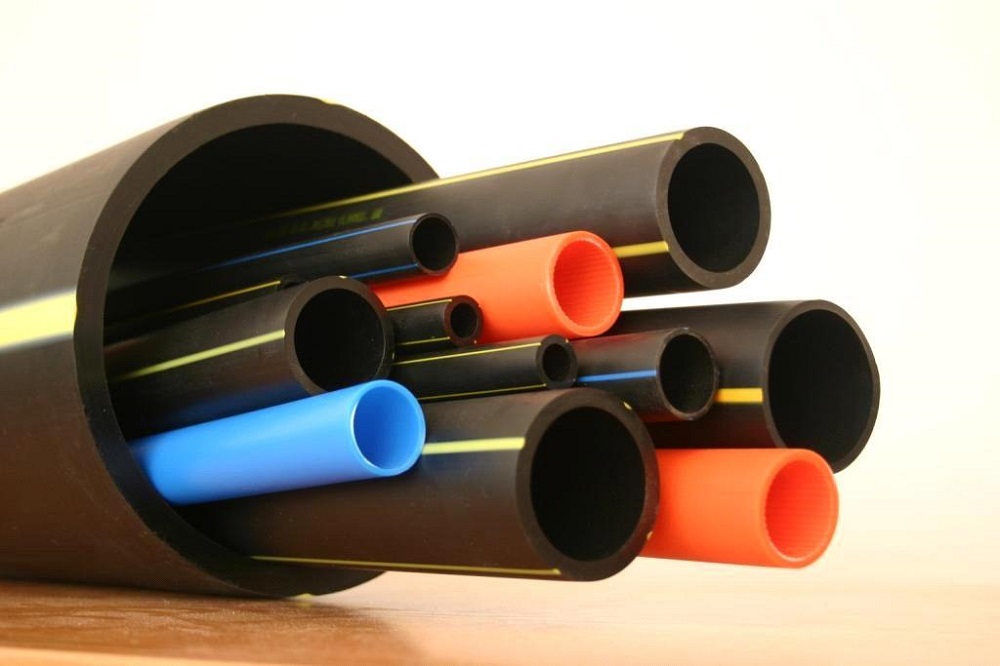The science of plastic extrusion is as old as the industrialization of the 19th century. It is, in fact, a manufacturing process carried out on a high-volume scale. In extrusion, the plastic is melted and is transformed into a continuous profile. Some of the products obtained from the manufacturing include deck railing, window frames, and plastic films. The plastic material is fed into the barrel of the extruder and is melted into a polymer. The by-product is fed into the dye to reshape the polymer into a pipe. The process to obtain Plastic extrusion products can be modified using the following tips:
 |
| Plastic Products |
Check the Scrap:
One of the most important steps is to analyze the scrap rate in detail. You can measure the speed and compare the quality with the industrial standards. In case the rate is more than the benchmark, one should reduce the figure by many notches. If the processor is operating according to the industry standards, it is always beneficial to reduce the speed in order to maintain competitive standards.
Manufacturing units that are devoid of in-house expertise to lower the speed can avail the services of the external experts. It is quite problematic when the management is not interested in controlling the scrap rate. In order to reduce the cost of manufacturing, one can use the low-cost fillers. For instance, calcium carbonate is deployed instead of the polypropylene as it doesn’t create a hole in the pocket of the users. In fact, fillers are used in lots of other processes and go a long way in enhancing the durability of the plastic pipes.
Filled plastics are not only cheap but also imbibe better quality when compared to the neat polymer. The specific heat capacity of such elements ensures that the energy costs are minimized over a period of time. People have found that the plastic plays an important role in enhancing the thermal conductivity; therefore, the polyolefins would melt at a higher rate in the extruder and accomplish uniformed temperature in the area located at the discharge end. It goes a long way inefficient cooling of the system particularly during the manufacturing of the thick-walled products such as pipe or sheet.
Reclaiming and Foaming:
- One of the tips to optimize the cost is reclaiming followed by foaming. In such cases, recycled plastics are used to reduce the costs.
- Foaming the plastic is another way to decrease the density of the material. The density is reduced, but the physical properties of the plastic are not affected. Compounding of the material can be achieved using the foaming technology; however to reduce the expenses one should increase the volume of the material.
- The material is directly fed into the extruder to eliminate the overhead expenses. With the new technique, it is possible to eliminate the intermediate pelletizing.
- To reduce the energy waste, you can automate the whole manufacturing process. The product dimensions are evaluated in advance and the processes are modified according to the requirements and the specifications of the users.
- Barrel cooling should be minimized to reduce the energy waste when the plastic material enters the extruder. Make sure that the screw inside the system is not poorly designed or it may release gases into the air.
Simplistic Design:
- The simplistic design is one of the best bets for the users engaged in plastic extrusion activity.
- The complicated design is not cost-effective and can increase the total cost of the manufacturing process.
- You can select a reputed company to design the extrusion after conducting extensive research in the online and offline mode.
Do you want to know more about plastic extrusion products? Let’s go to the details for getting more information.







0 comments:
Post a Comment